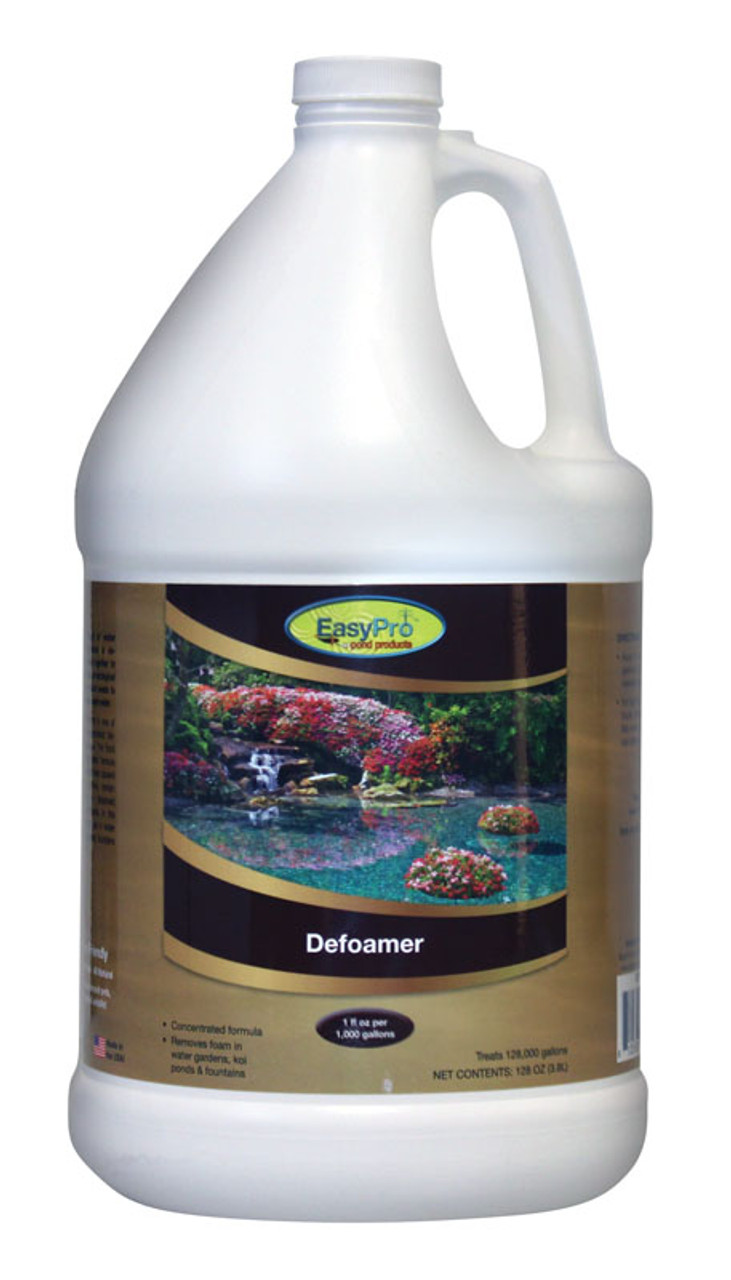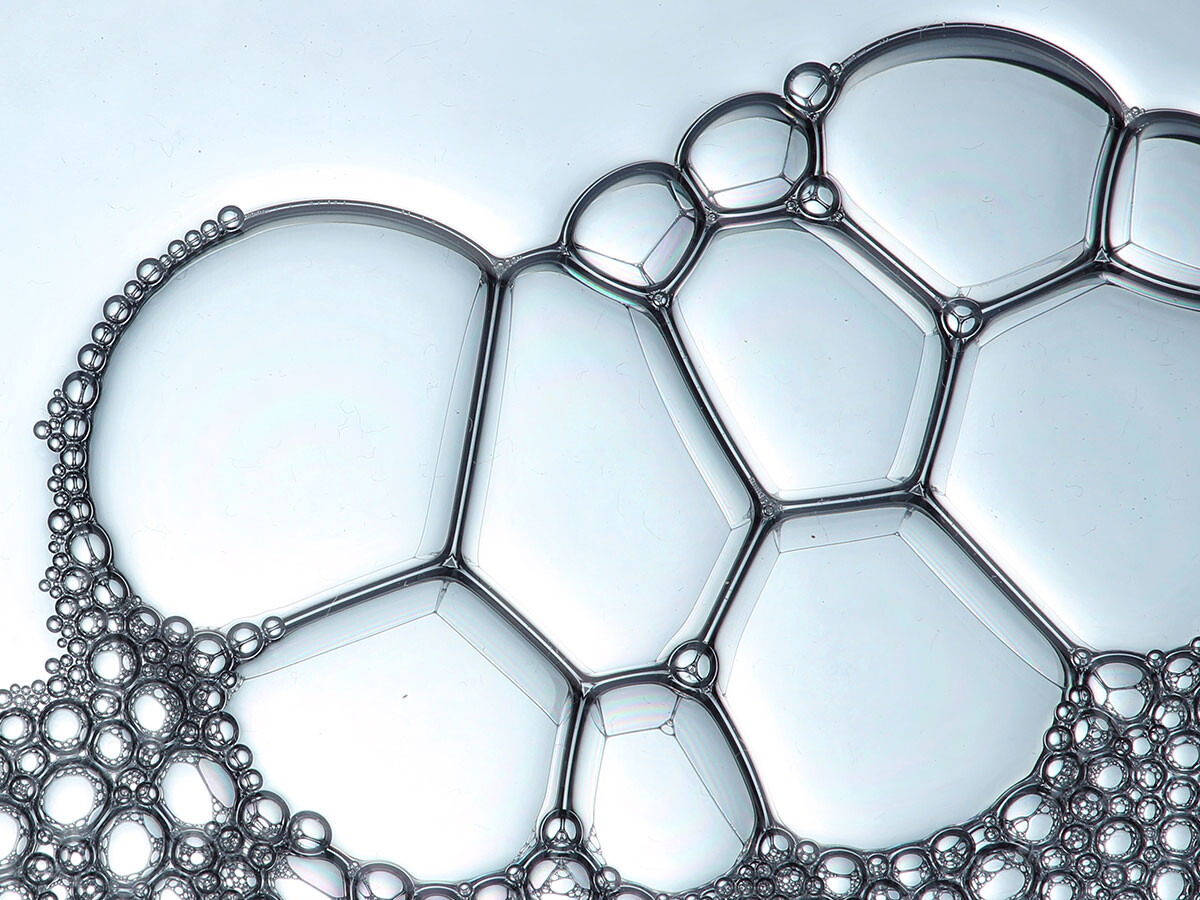The Science Behind Defoamers and Their Role in Foam Control
The Science Behind Defoamers and Their Role in Foam Control
Blog Article
The Role of Defoamers in Enhancing Item High Quality and Efficiency
Defoamers serve as essential ingredients that mitigate this issue, guaranteeing smoother manufacturing workflows while enhancing the aesthetic and functional characteristics of the last items. The choice of the ideal defoamer can be critical to accomplishing ideal results, raising crucial concerns concerning solution compatibility and efficiency metrics that warrant further expedition.
Comprehending Defoamers
Understanding the function of defoamers is necessary for maintaining product high quality across numerous sectors. Defoamers are chemical ingredients made to minimize and prevent the formation of foam in liquid systems, which can detrimentally influence procedures such as mixing, filling up, and surface area tension. Frothing can bring about inadequacies, product flaws, and endangered visual charm, making defoamers an important part in making operations.
In industrial applications, defoamers aid to boost item uniformity and security. As an example, in the paint and finishings sector, foam can disrupt the application procedure and the last coating. Likewise, in food and beverage manufacturing, too much foam can impede bottling and product packaging effectiveness (defoamers). The reliable usage of defoamers not just guarantees smoother production processes yet additionally adds to superior item efficiency.
Moreover, the option and formula of a defoamer must align with specific application needs, such as compatibility with various other components, efficiency under varying temperature and pH problems, and prospective regulative restraints. Ultimately, comprehending defoamers' functions and their relevance in numerous solutions is important for enhancing manufacturing and ensuring the finest quality output.
Sorts Of Defoamers
Defoamers can be categorized into several kinds based on their make-up and mechanism of activity. The main kinds include silicone-based, non-silicone organic, and inorganic defoamers.
Silicone-based defoamers are amongst one of the most reliable, mainly because of their capacity to spread out rapidly on the liquid surface area and interfere with foam formation. Their unique chemical structure enables for exceptional stability, making them ideal for high-temperature applications and atmospheres with differing pH degrees.
Non-silicone organic defoamers, frequently made up of fatty acids or all-natural oils, are valued for their biodegradability and reduced toxicity. These are commonly used in food and drink applications where safety and security and environmental impact are paramount.
Inorganic defoamers, that include compounds like talc or calcium carbonate, act by boosting the density of the fluid, thus lowering foam security. They are typically used in commercial processes where compatibility with other products is not an issue.
Each kind of defoamer has distinctive advantages and constraints, enabling tailored options depending on the details frothing concerns run into in various applications. Comprehending these differences is critical for optimizing performance and attaining desired item quality.
Applications Throughout Industries
Numerous industries utilize defoamers to improve product high quality and operational performance. In the food and beverage industry, defoamers are essential in procedures such as brewing and milk manufacturing to avoid foam formation, which can result in inadequacies and item incongruity. By managing foam, makers can guarantee far better yield and a much more uniform product.
In the pharmaceutical industry, defoamers play a vital duty in the formulation of fluid drugs, where extreme foam can hinder blending and precise dosing. Their usage helps preserve the honesty of the solutions and why not check here helps with smoother manufacturing processes.
The paint and finishings sector also counts on defoamers to enhance the performance of products throughout application. By reducing foam, these additives make sure a smoother finish and enhance the visual top qualities of the end product.

Benefits of Making Use Of Defoamers
While the application of defoamers differs throughout industries, their advantages regularly improve product high quality and process efficiency. One considerable advantage is the reduction of foam formation throughout producing procedures, which can otherwise bring about manufacturing hold-ups and variances in product top quality. By minimizing foam, defoamers enable a smoother flow of products, promoting a lot more efficient operations and decreasing the chance of devices breakdowns.
Furthermore, the use of defoamers can improve the websites appearance and texture of end products. In industries such as coatings, paints, and food handling, excessive foam can jeopardize the visual looks and overall top quality, while the proper defoamer application guarantees an uniform coating and preferable features. Furthermore, defoamers can add to cost financial savings by decreasing waste throughout manufacturing and enhancing making use of raw materials (defoamers).

Selecting the Right Defoamer
Choosing the appropriate defoamer is essential for optimizing production processes and making certain item quality. The choice of defoamer influences not only the performance of foam control however additionally the overall performance attributes of the end product. Aspects to take into consideration include the kind of application, the chemistry of the formula, and the environmental problems under which the product will be used.
Various industries might require specific defoamer kinds, such as silicone-based, organic, or polymeric defoamers. Understanding the compatibility of the defoamer with the main active ingredients is vital to avoid unfavorable responses that can jeopardize product integrity. Furthermore, the defoamer's top article effectiveness in numerous temperature levels and pH degrees should be examined to make certain consistent efficiency.
Checking the defoamer in small-scale applications can provide useful insights into its performance and suitability. Factor to consider of regulatory conformity, particularly in food, pharmaceuticals, and cosmetics, is paramount in selecting a defoamer. Ultimately, an extensive evaluation of these aspects will lead to the selection of a defoamer that not just controls foam successfully however also improves the quality and performance of the final item.
Conclusion

Finally, defoamers are necessary ingredients that considerably enhance item quality and performance across different markets. By effectively minimizing foam development, these agents not only improve functional performance but also add to the aesthetic and useful integrity of products. The strategic option and application of defoamers lead to cost financial savings, maximized source use, and raised customer complete satisfaction. On the whole, the relevance of defoamers in commercial procedures can not be overstated, as they play an important role in accomplishing high-grade and constant end results.
Lathering can lead to inefficiencies, item defects, and endangered visual appeal, making defoamers a vital component in producing operations.

Report this page